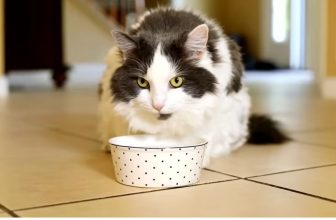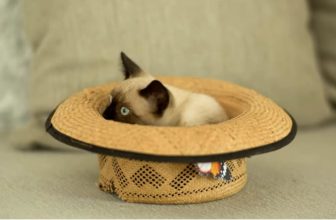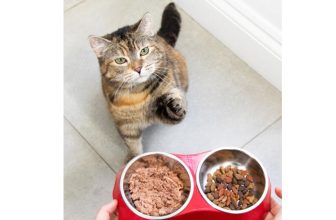What Fruit Can Cats Eat? Best Guide
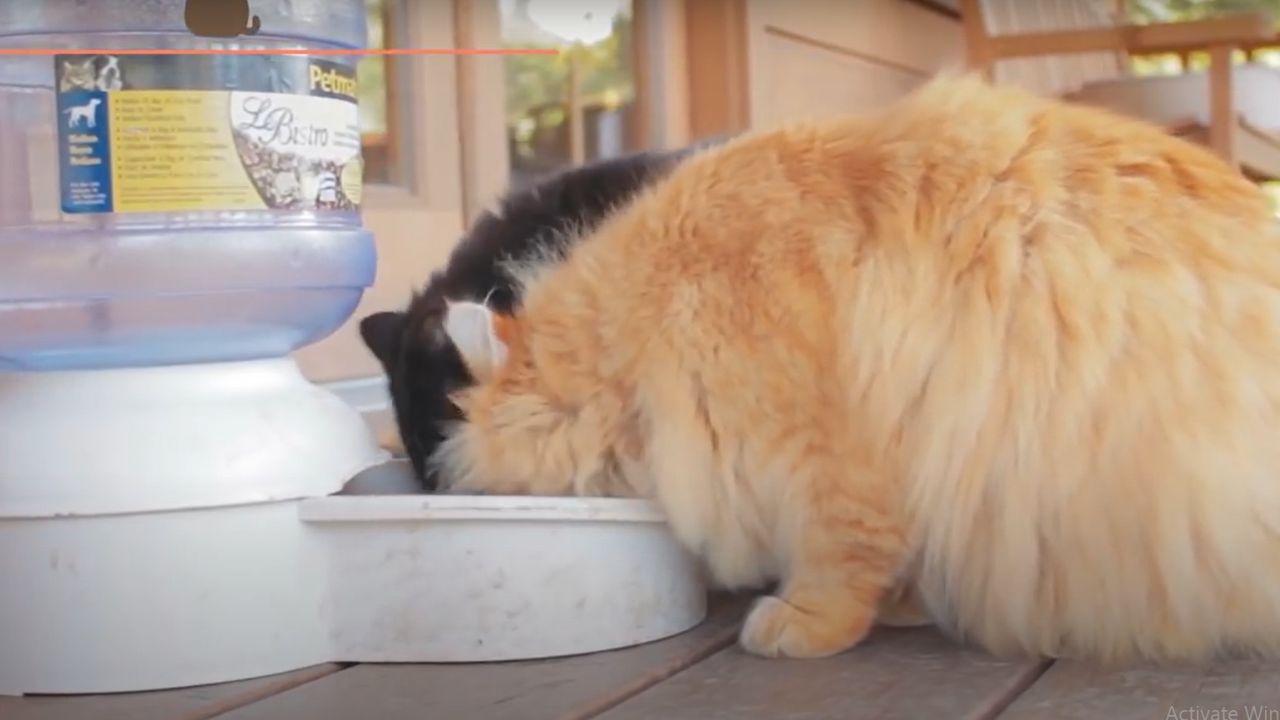
As a pet owner, you probably know how important it is to feed your cat a well-balanced diet. But did you know that certain fruits can be a healthy addition to your cat’s meals? Just like humans, cats can benefit from the vitamins, minerals, and hydration that fruits provide. However, not all fruits are safe for cats, and some can even be harmful what fruits can cats eat.
In this guide, we’ll dive into which fruits are safe for cats, which ones to avoid, and how to introduce fruit into your cat’s diet in a way that keeps them healthy and happy.
Are Fruits Safe for Cats?
When it comes to feeding your cat fruits, the key is moderation and knowing which fruits are safe. Fruits can offer a variety of benefits for your cat, such as promoting good digestion, boosting immune health, and providing hydration. They are packed with nutrients like antioxidants, vitamins, and fiber.
However, not all fruits are suitable for cats. Some can cause digestive issues, toxic reactions, or even be fatal. Cats are obligate carnivores, meaning their bodies are designed to thrive on a diet primarily consisting of animal proteins. Fruits should therefore be considered an occasional treat or supplement, not a regular part of their diet.
In the next sections, we’ll go over some of the safe fruits for cats and the fruits that should be avoided.
Safe Fruits for Cats
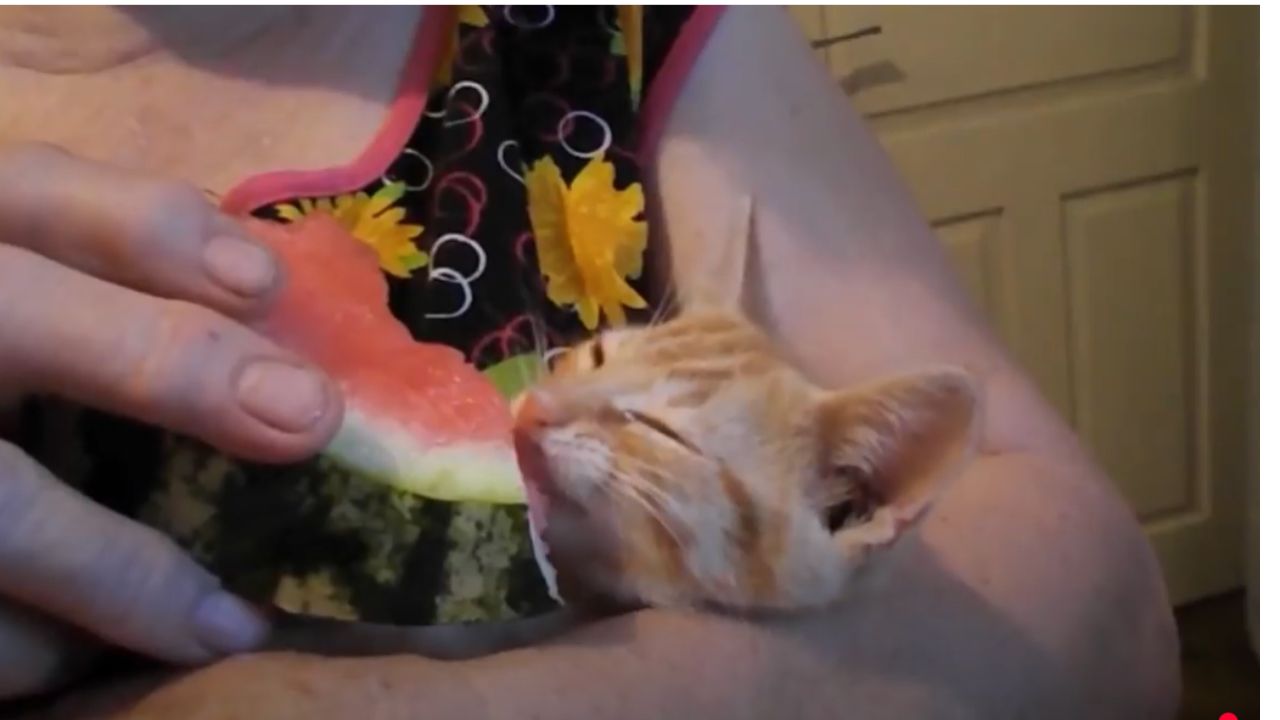
Here are some fruits that are safe for your cat to enjoy in small amounts:
1. Apples
Nutritional Benefits: Apples are a great source of fiber and Vitamin C, which can help boost your cat’s immune system. The natural sugars in apples can also offer a quick energy boost.
How to Serve It Safely:
- Always remove the seeds and core before offering apples to your cat, as they contain cyanide, which is toxic to cats.
- Cut the apple into small, bite-sized pieces.
- Offer apples in moderation, as too much sugar can lead to digestive upset.
2. Bananas

Nutritional Benefits: Bananas are rich in potassium, which can help maintain healthy muscle function and heart health. They are also a good source of Vitamin B6 and Vitamin C.
Best Serving Methods:
- Peel the banana and cut it into small pieces to avoid choking hazards.
- Offer banana slices as a treat, but avoid giving too much at once since it’s high in sugar.
- Bananas can also be mashed and mixed with your cat’s regular food as a topping.
3. Blueberries
Nutritional Benefits: Blueberries are packed with antioxidants, which help protect your cat’s cells from damage caused by free radicals. They’re also low in calories and sugar, making them a healthy option for most cats.
How to Feed Them:
- Offer fresh blueberries or frozen ones as an occasional treat.
- You can also mash them and mix them with other safe fruits to create a tasty blend.
4. Strawberries
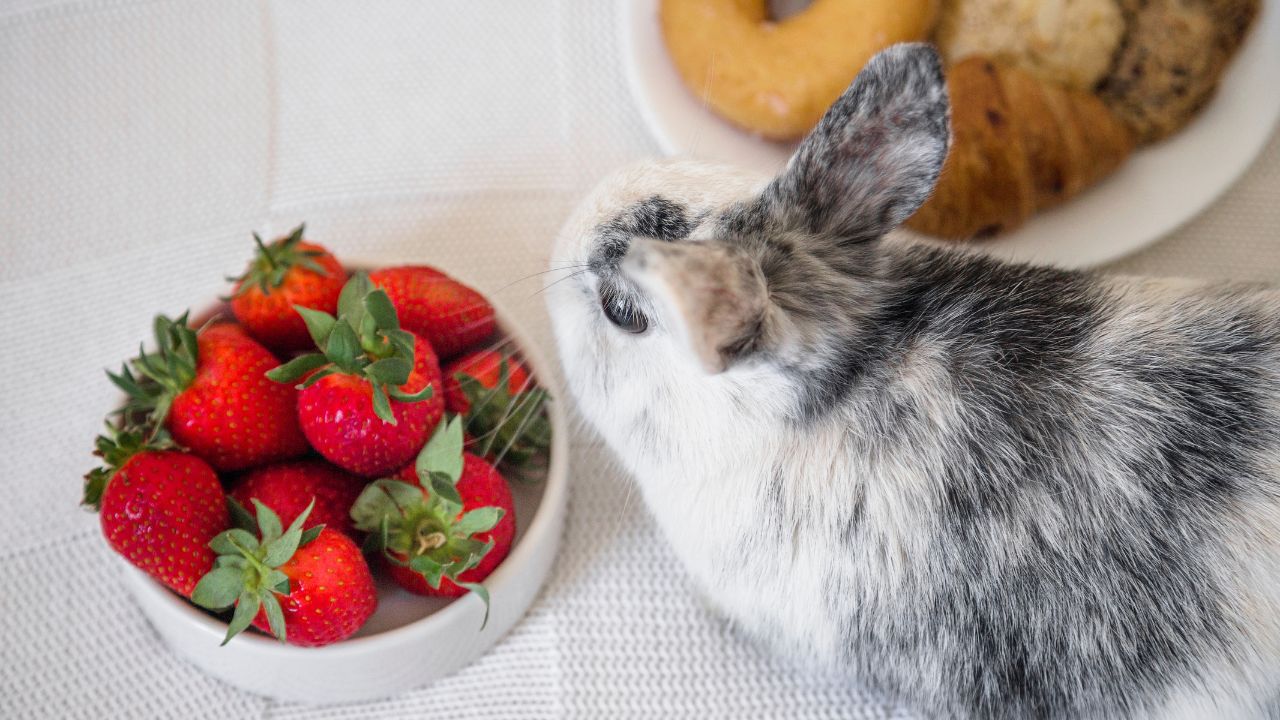
Low in Sugar, Good for Hydration: Strawberries are a great source of Vitamin C, fiber, and water content. They are especially hydrating during the warmer months, making them a great snack for your cat.
Tips on Feeding:
- Remove the stems and leaves before giving strawberries to your cat.
- Cut them into small pieces to avoid choking.
- Like with bananas, don’t offer too many at once as strawberries contain sugar, which could upset your cat’s stomach.
5. Pears
High in Fiber, Supports Digestion: Pears are a good source of fiber, which can aid in digestion. They also provide Vitamin C, which supports the immune system.
Preparing Them Safely:
- Remove the seeds and core before serving, as they contain cyanide.
- Cut the pear into small, bite-sized pieces, and offer in moderation.
- Pears should be fed fresh and never canned, as the syrup used in canned pears can be harmful to your cat.
6. Watermelon and Cantaloupe

Hydration Benefits: Watermelon and cantaloupe are excellent sources of hydration due to their high water content. They are also packed with vitamins A and C, which are great for your cat’s skin and immune system.
Serving Suggestions:
- Remove all seeds and rind before offering these fruits to your cat.
- Cut the melon into small, manageable pieces.
- Serve in moderation to avoid too much sugar intake.
Fruits That Can Help Your Cat’s Digestion

Certain fruits can improve your cat’s digestion by providing fiber and natural enzymes. These fruits help maintain healthy gut function, preventing constipation and promoting regular bowel movements.
Apples:
The fiber in apples helps to support healthy digestion. It adds bulk to your cat’s stool, which can help prevent constipation.
Pears:
Pears are another great source of fiber and water, which aids digestion and helps your cat stay regular.
Bananas:
Bananas contain both soluble and insoluble fiber, which helps to regulate digestion and prevent digestive upset. The natural enzymes in bananas can also support gut health.
Fruits to Avoid for Cats

While some fruits are safe, there are others that are dangerous for cats. Here’s a list of fruits you should never feed your cat:
1. Grapes and Raisins
Grapes and raisins are toxic to cats and can cause severe kidney failure. Even a small amount can lead to symptoms like vomiting, diarrhea, and lethargy. If you suspect your cat has eaten grapes or raisins, contact your vet immediately.
2. Citrus Fruits (Lemons, Oranges, Limes)
Citrus fruits contain citric acid, which can cause digestive upset, drooling, and even neurological issues in cats. Avoid feeding any citrus fruits to your cat.
3. Avocados
Avocados contain a substance called persin, which is toxic to cats. Feeding your cat avocado can cause vomiting, diarrhea, and other symptoms of toxicity.
4. Cherries and Peaches
While the flesh of these fruits might not be dangerous, the seeds inside contain cyanide, which is highly toxic to cats. If you decide to offer a cherry or peach, make sure to remove the pit completely before serving.
How to Safely Introduce Fruit to Your Cat’s Diet
It’s important to introduce fruits to your cat gradually and in small amounts. Here are a few tips to make the process safe:
- Moderation is Key: Treat fruits as an occasional snack rather than a regular part of your cat’s diet. Too much fruit can upset their stomach and lead to weight gain.
- Start Slowly: Begin with small portions to see how your cat reacts. Watch for any signs of digestive issues, such as vomiting or diarrhea.
- Cut into Small Pieces: Always slice fruits into small, manageable pieces to avoid choking hazards.
- Consult Your Vet: If you’re ever unsure about a fruit or your cat’s reaction, consult your vet before offering it again.
Frequently Asked Questions: What Fruits Can Cats Eat
Here are answers to some common questions about cats and fruit:
Ans: Yes! Apples are safe for cats, as long as the seeds and core are removed. They provide fiber and Vitamin C but should be served in moderation.
Ans: Yes, strawberries are safe for cats and provide Vitamin C and hydration. Just be sure to remove the stem and cut them into small pieces.
Ans: Yes, bananas are a great occasional treat for cats. They are rich in potassium but should be given in small amounts due to their high sugar content.
Ans: The best fruits for cats include apples, bananas, blueberries, strawberries, pears, and watermelon. These fruits offer a range of health benefits and are safe when served properly.
Ans: Yes, some fruits to avoid include grapes, raisins, citrus fruits, avocados, and cherries with seeds. These fruits can be harmful or toxic to cats. Qus: Can Cats Eat Apples?
Qus: Can Cats Eat Strawberries?
Qus: Can Cats Eat Bananas?
Qus: What are the Best Fruits for Cats?
Qus: Are There Any Fruits Cats Should Avoid?
Conclusion
Fruits can be a tasty and nutritious treat for your cat, but it’s essential to choose the right ones and serve them properly. Safe fruits like apples, bananas, and blueberries can offer health benefits in moderation. On the other hand, fruits like grapes, raisins, and citrus can be dangerous and should always be avoided.
Always introduce new foods slowly, and consult your vet if unsure. By feeding your cat the right fruits and being cautious about the ones you avoid, you can ensure your furry friend stays happy and healthy.



